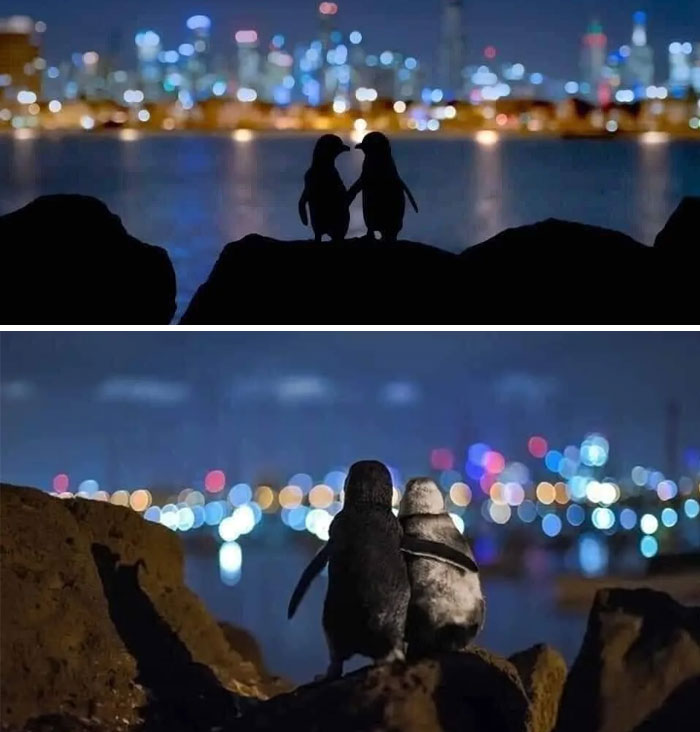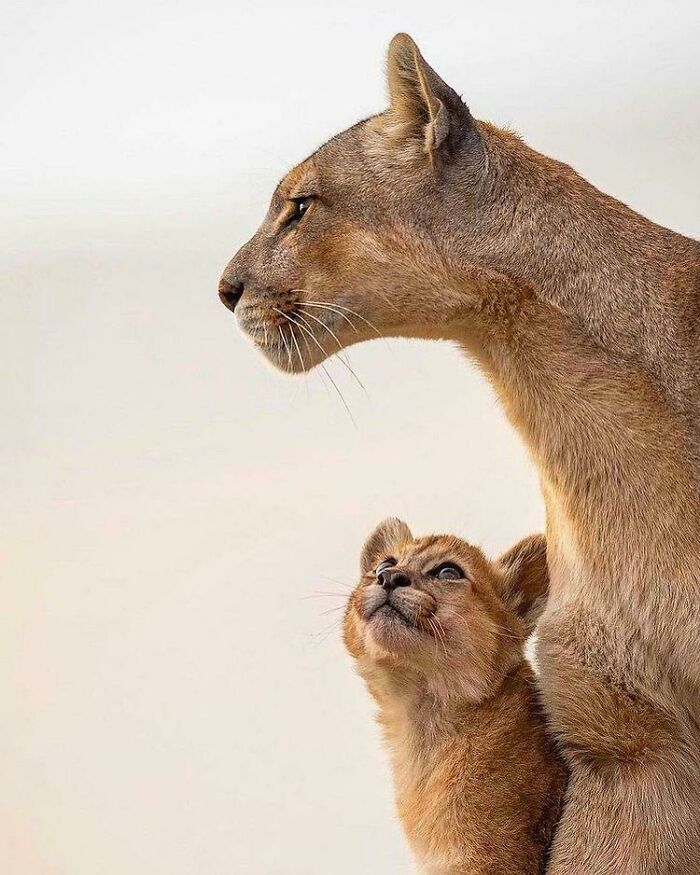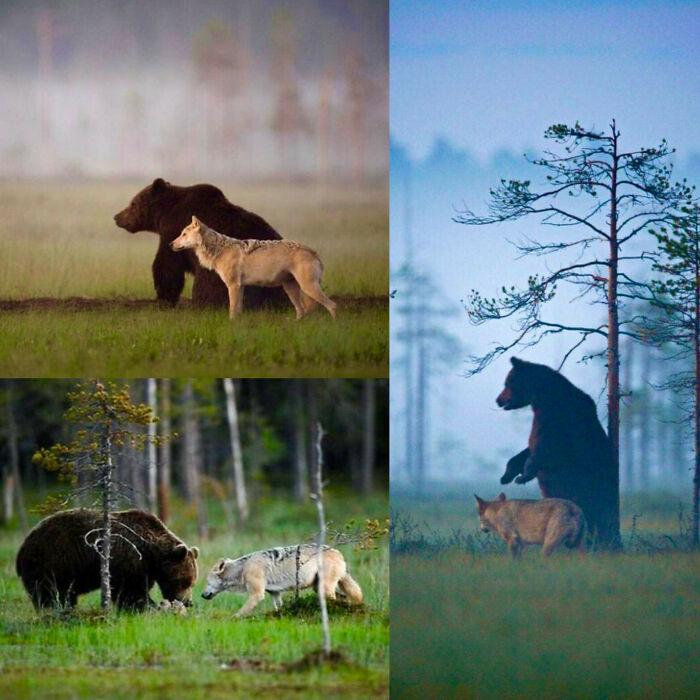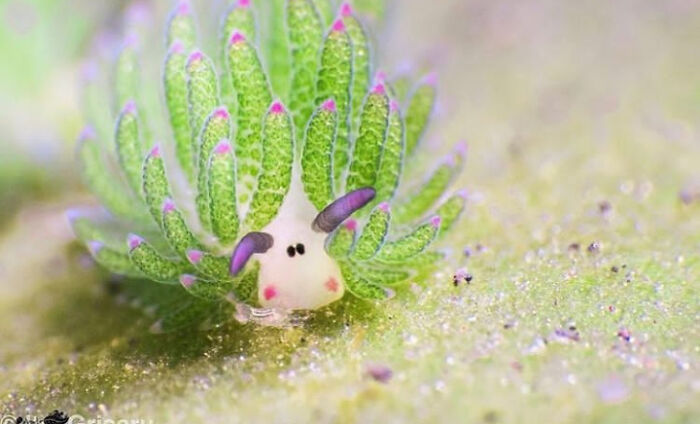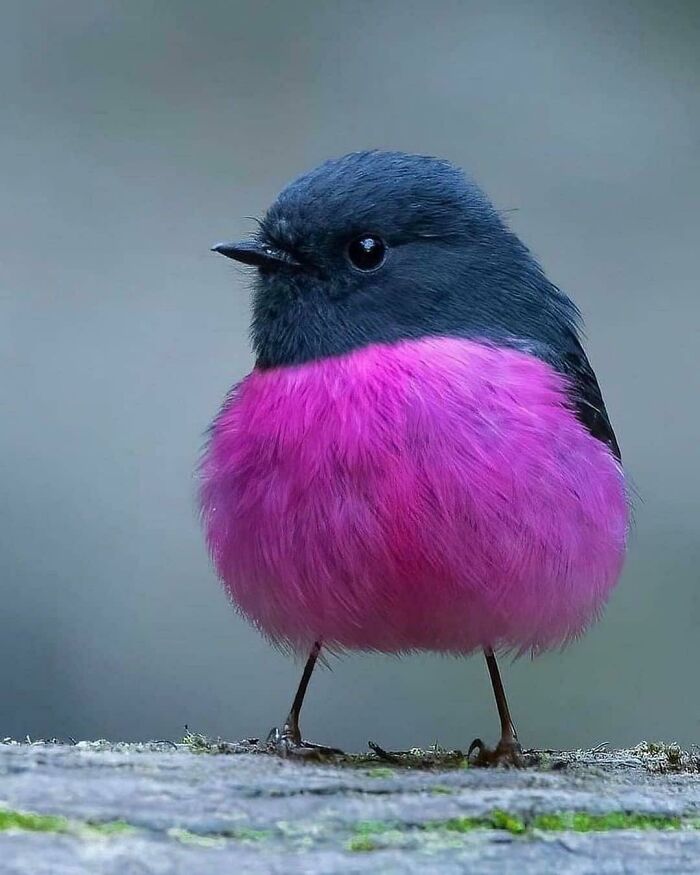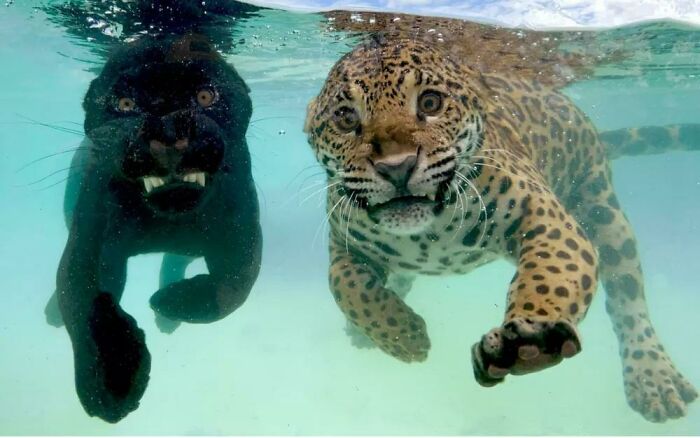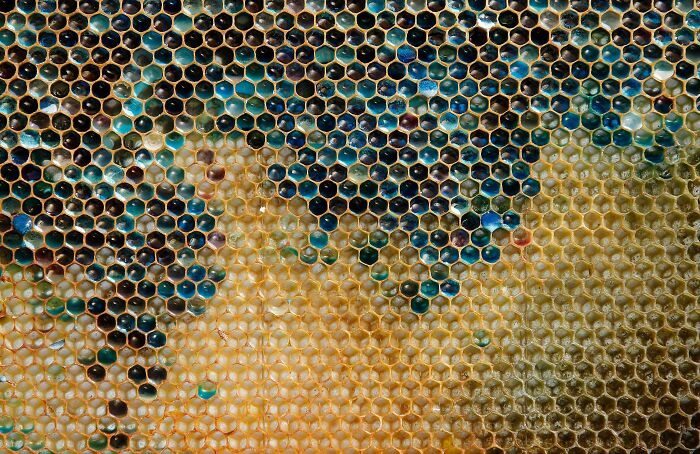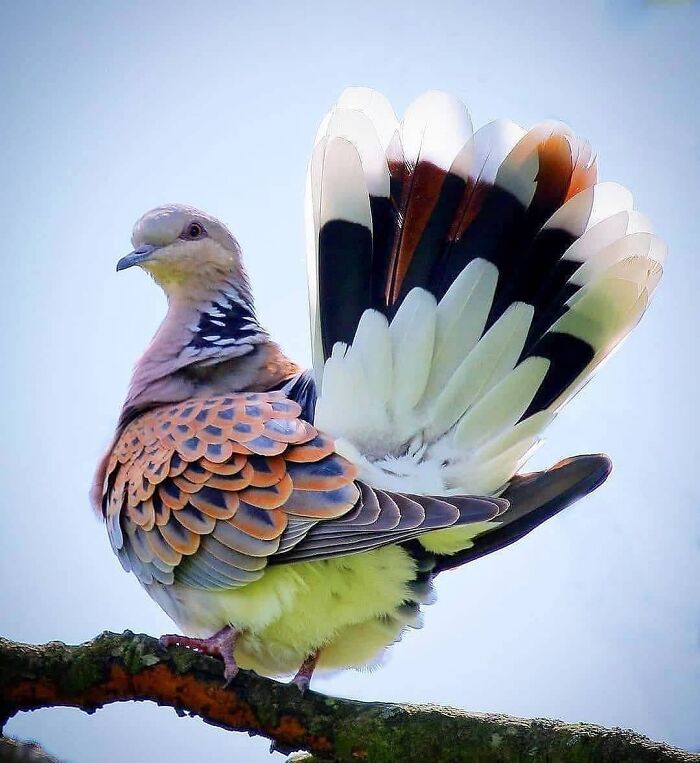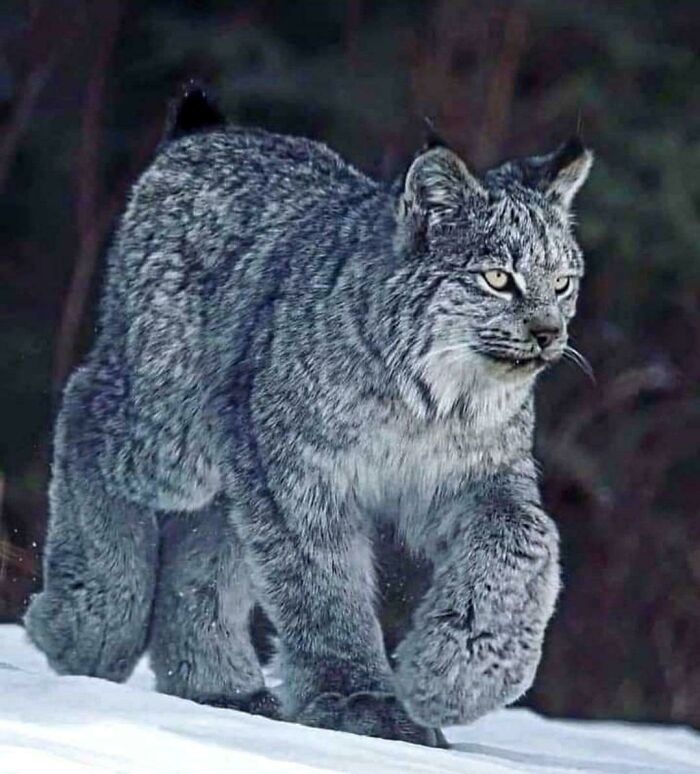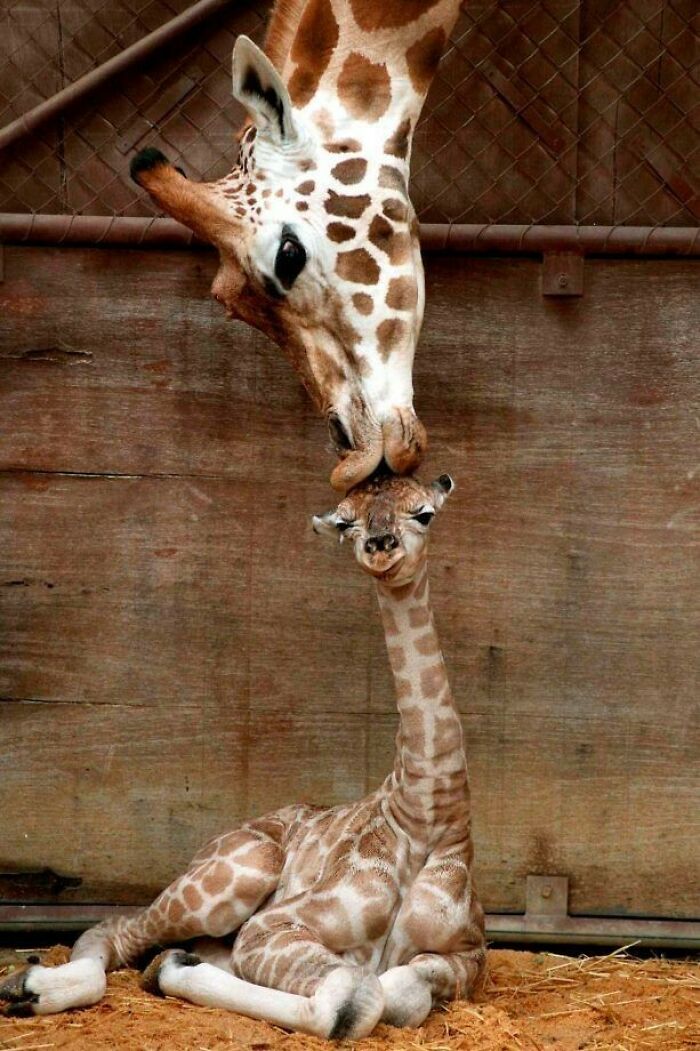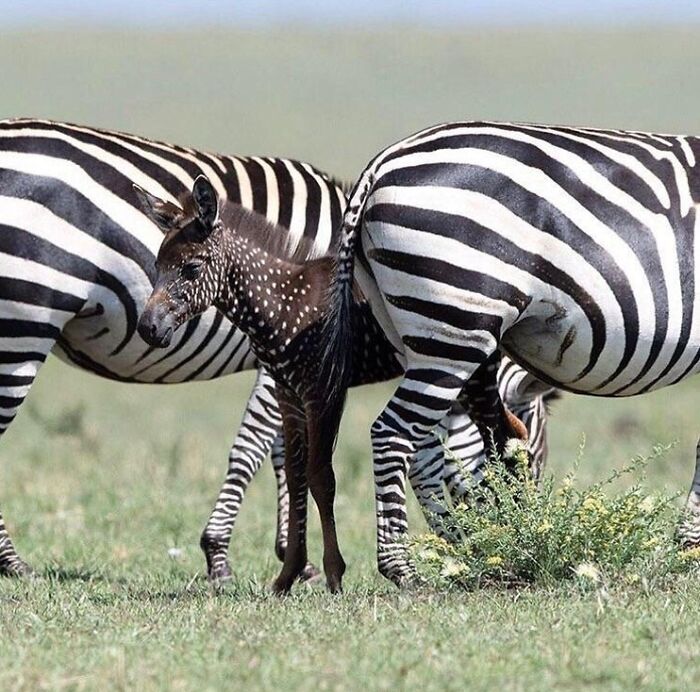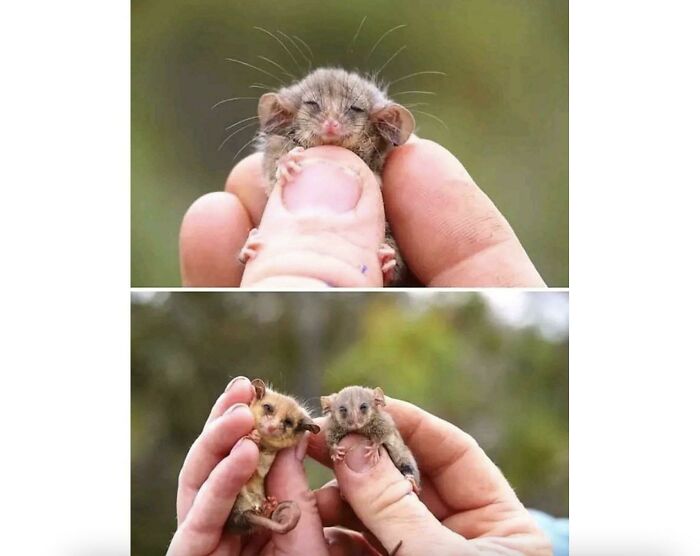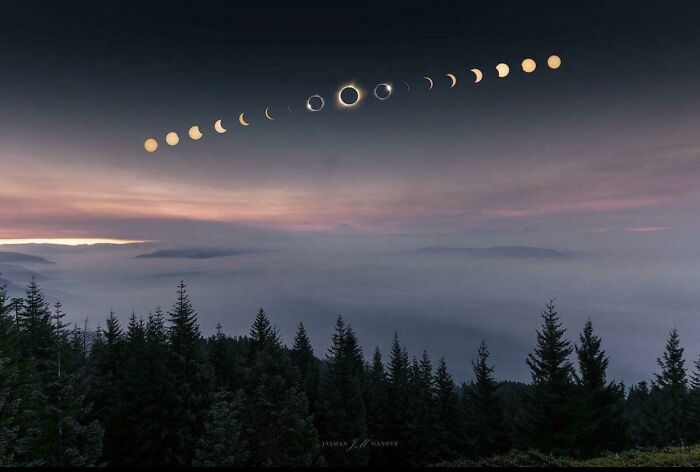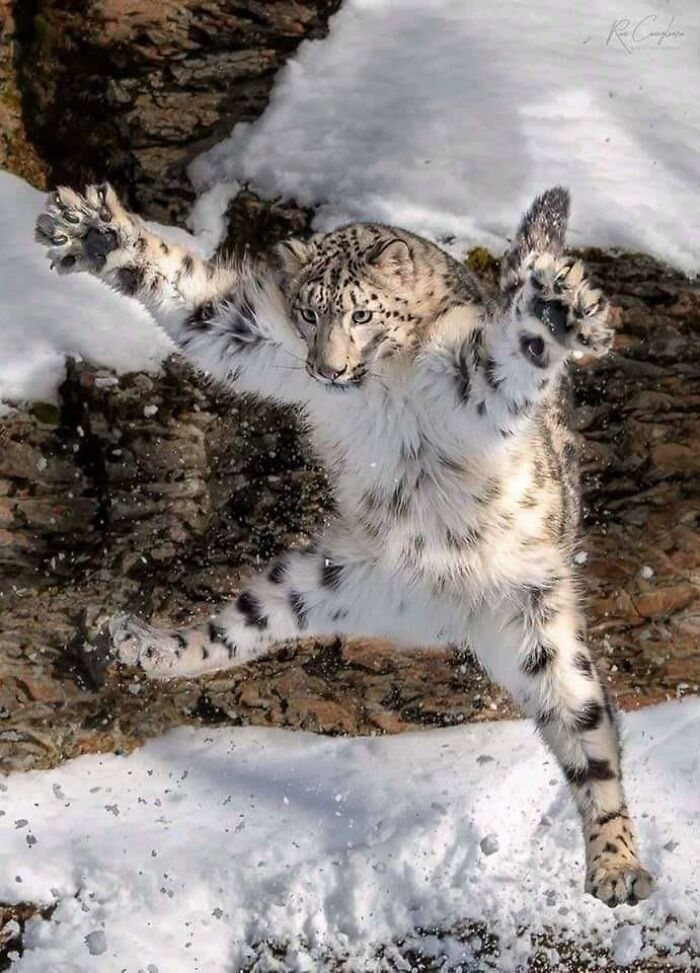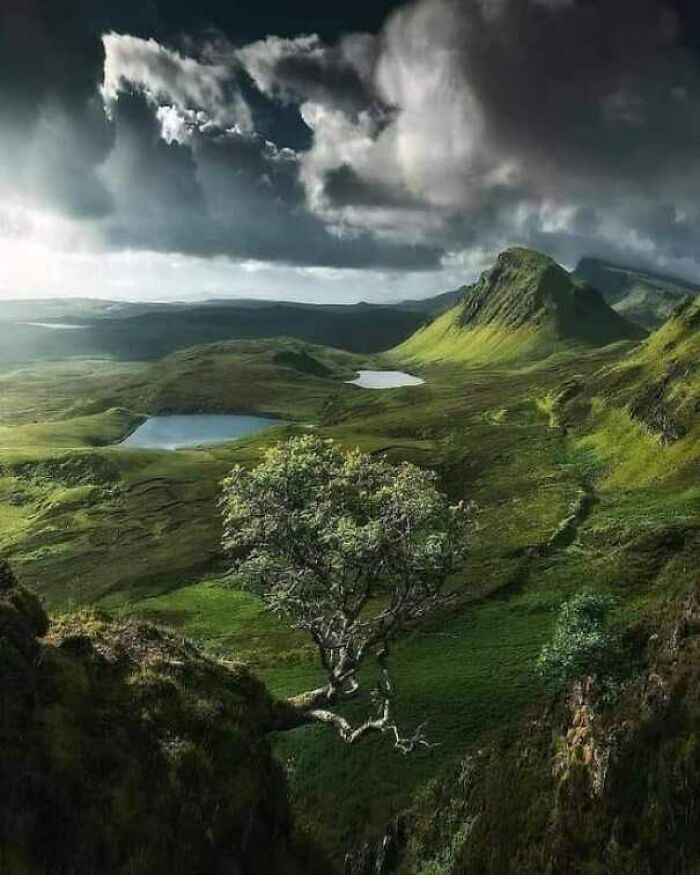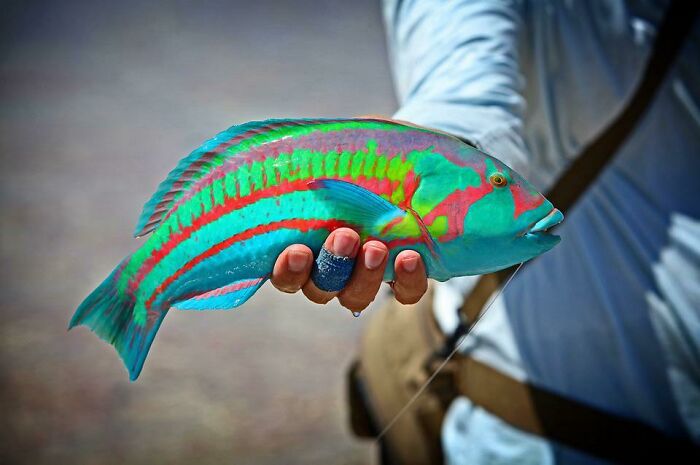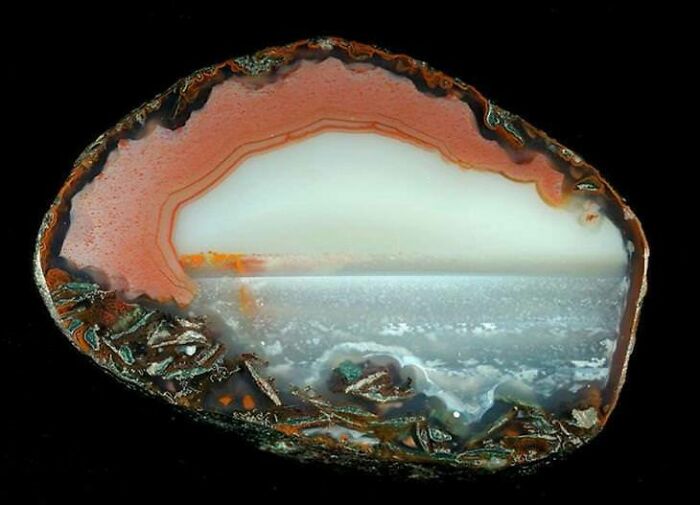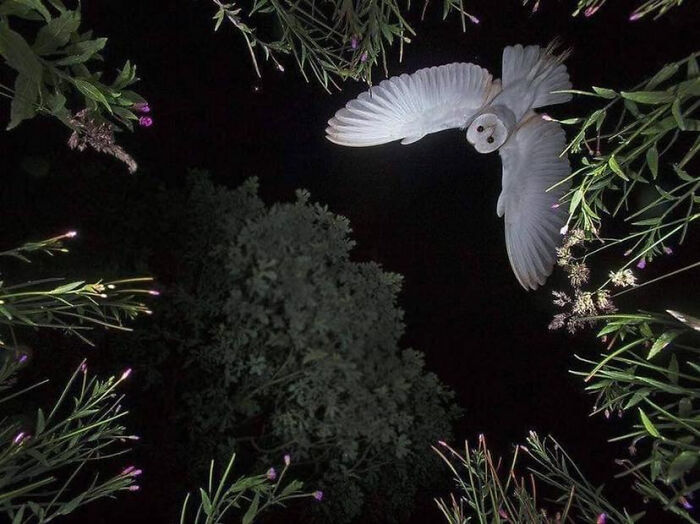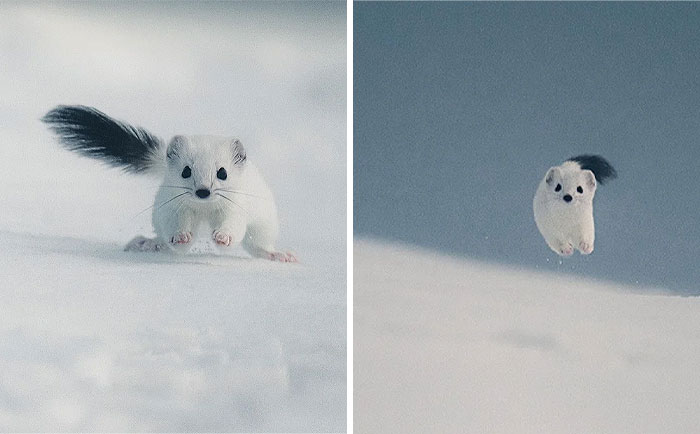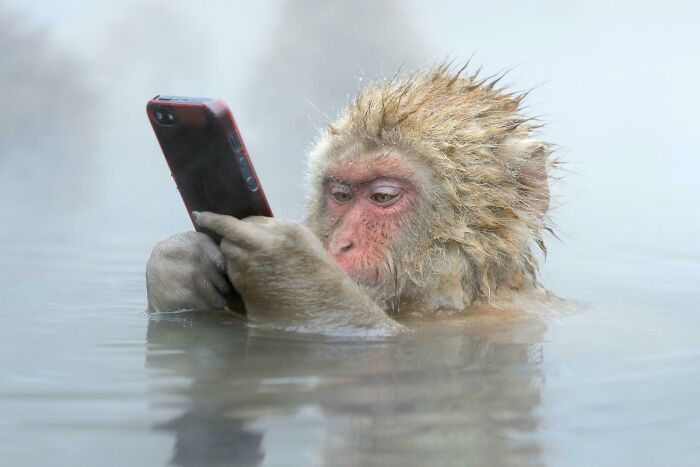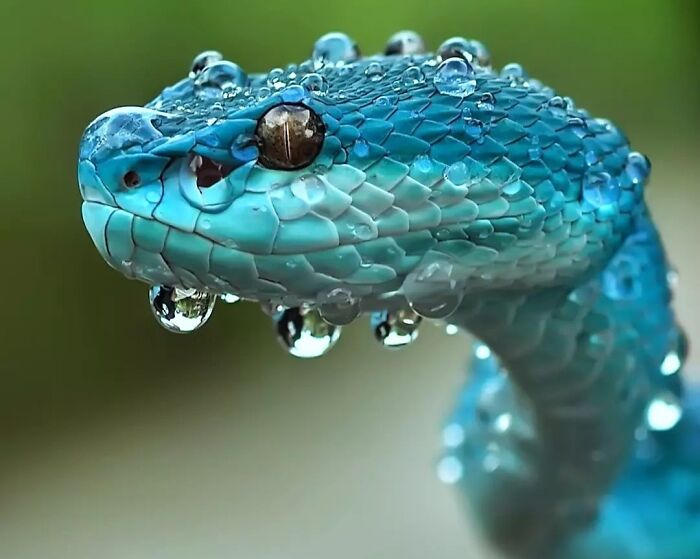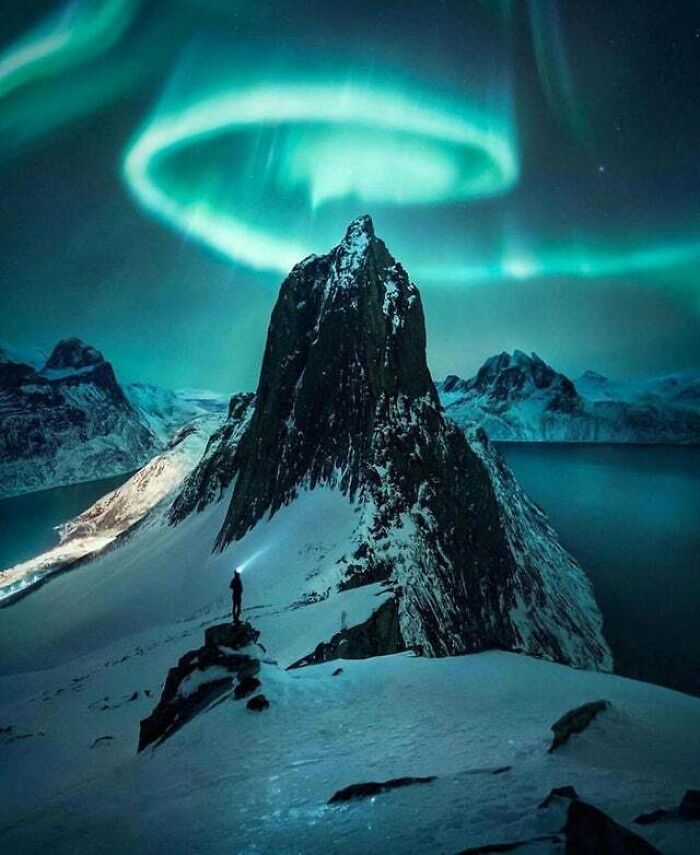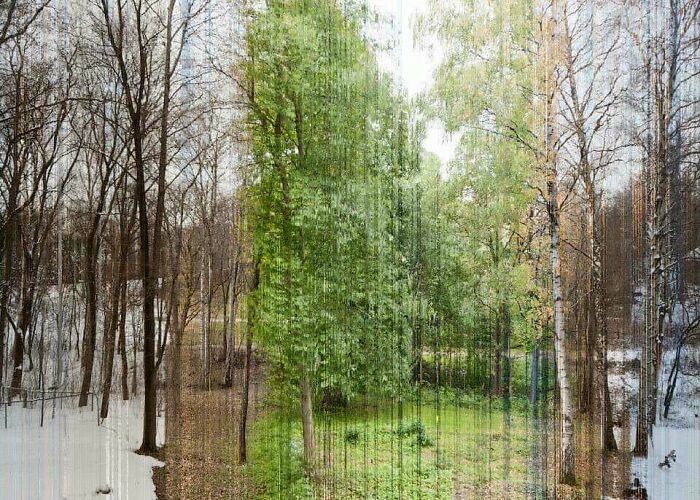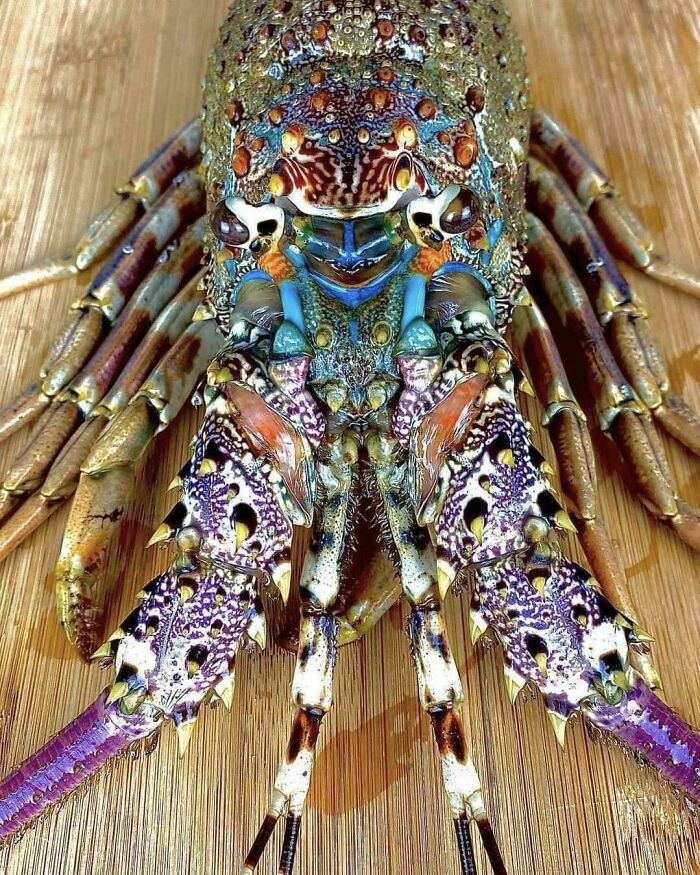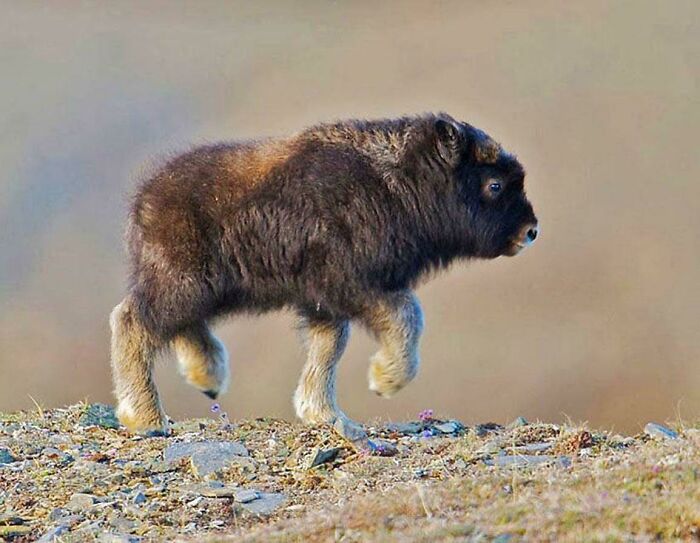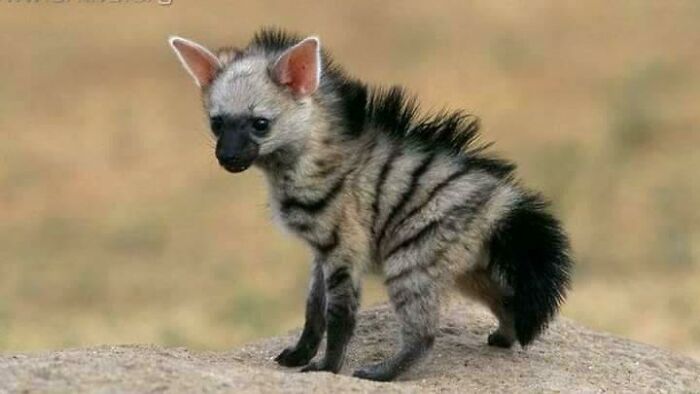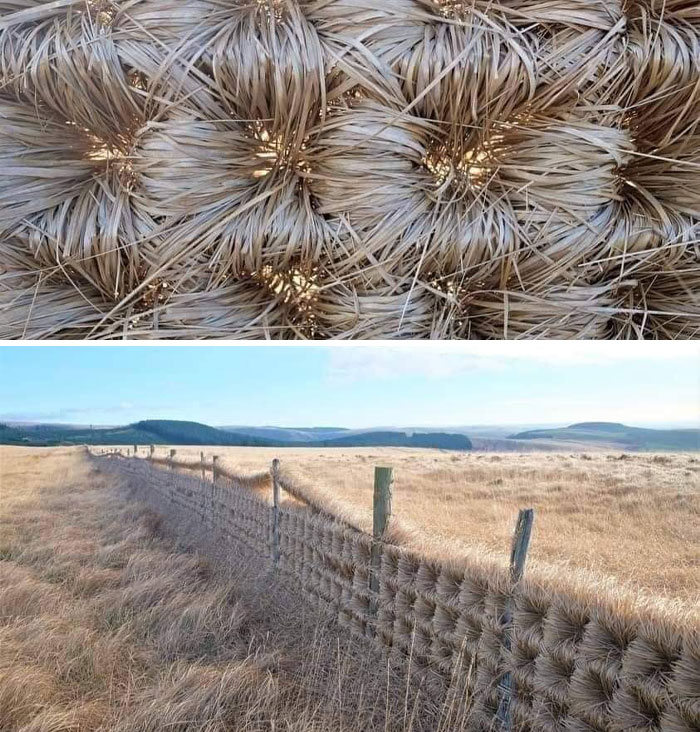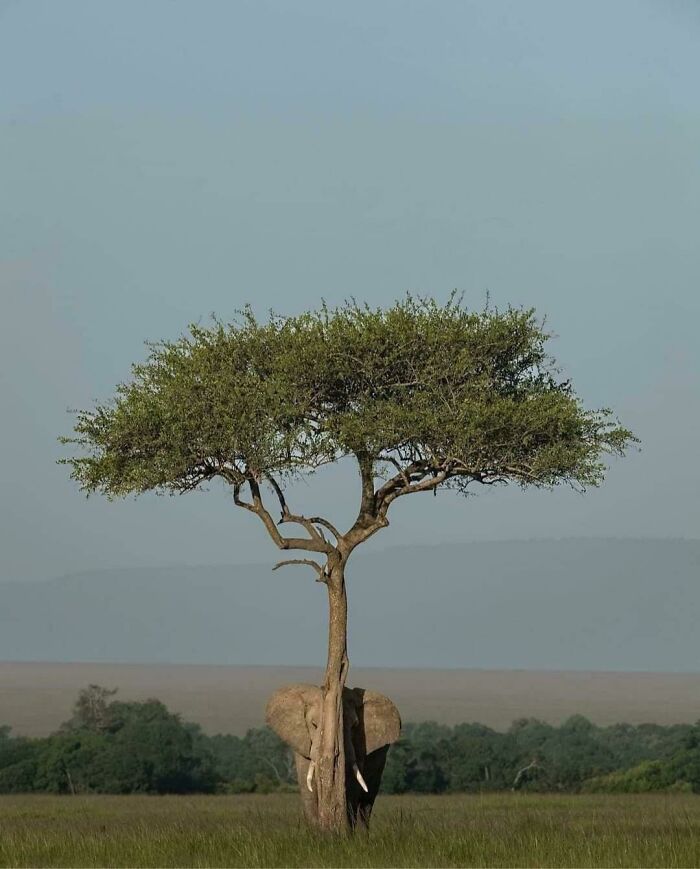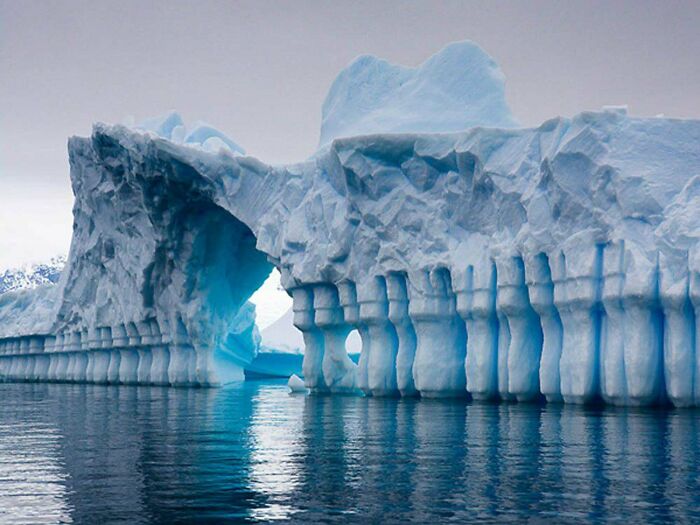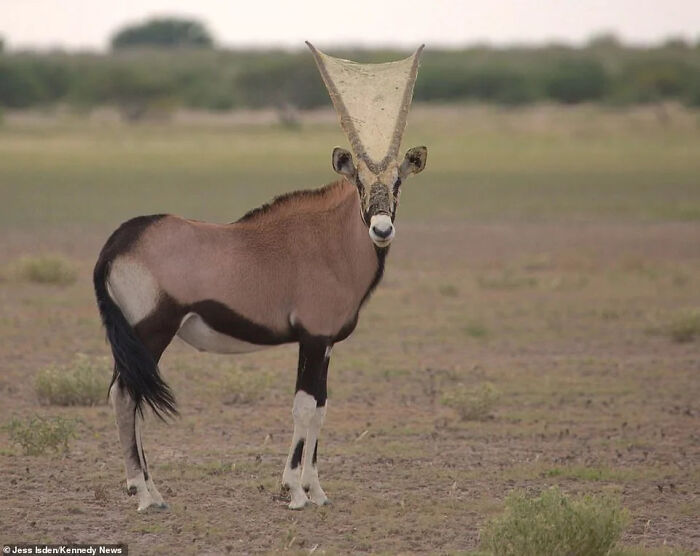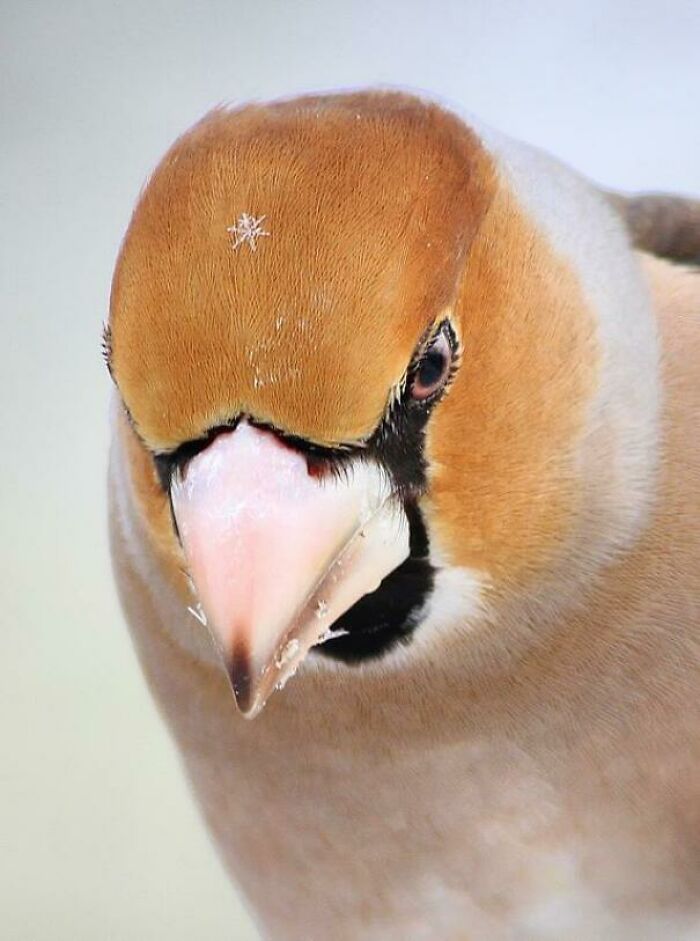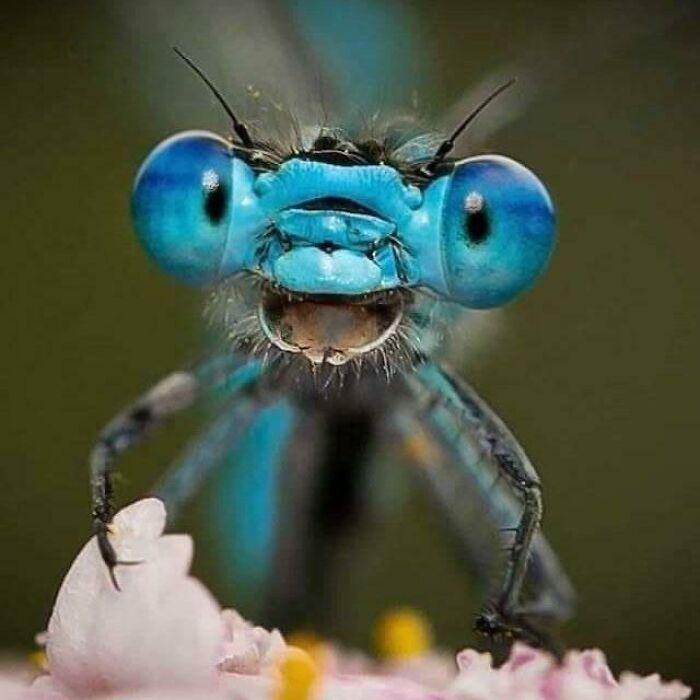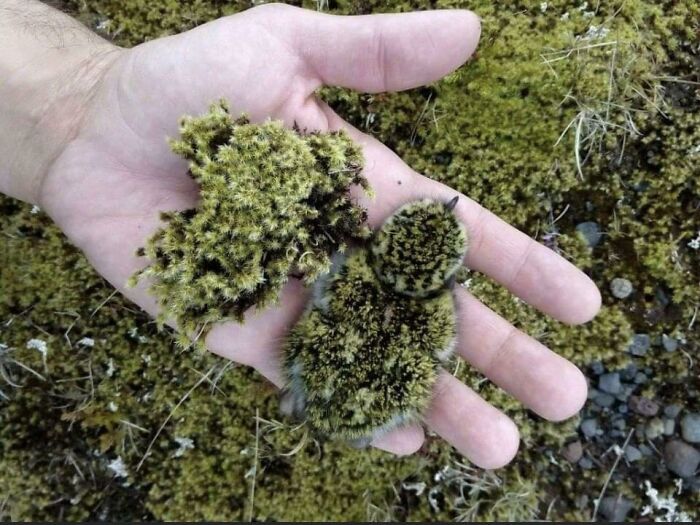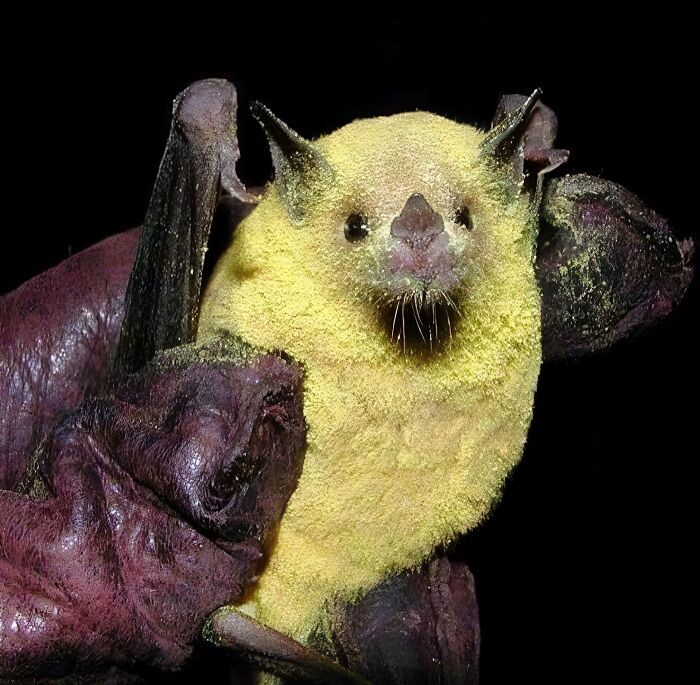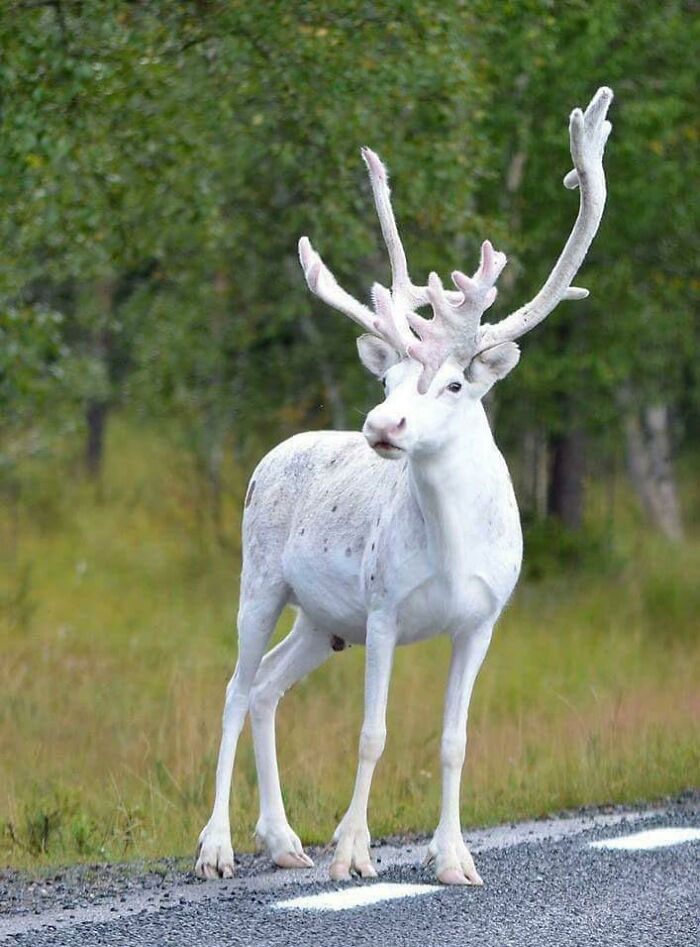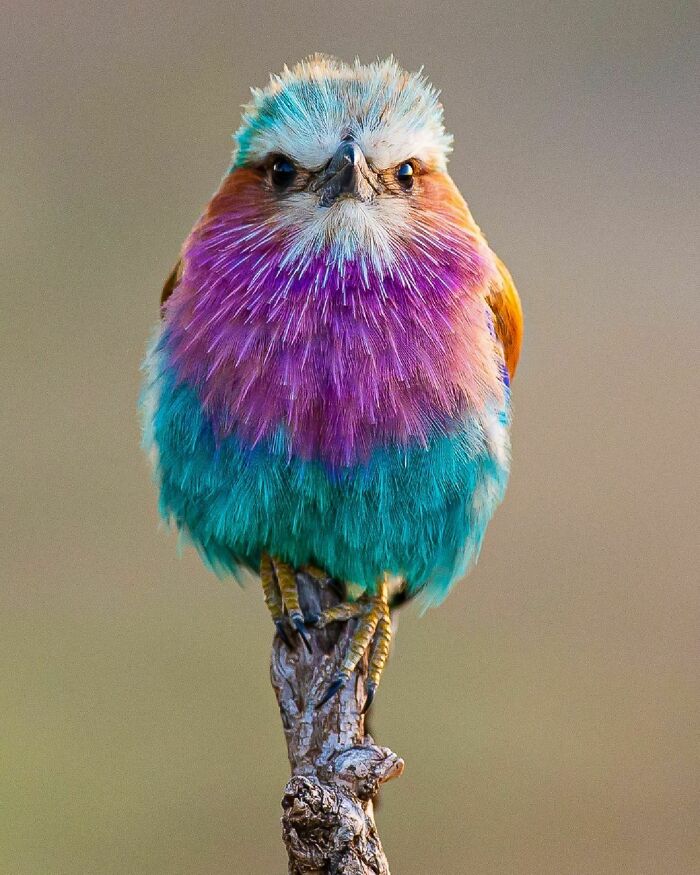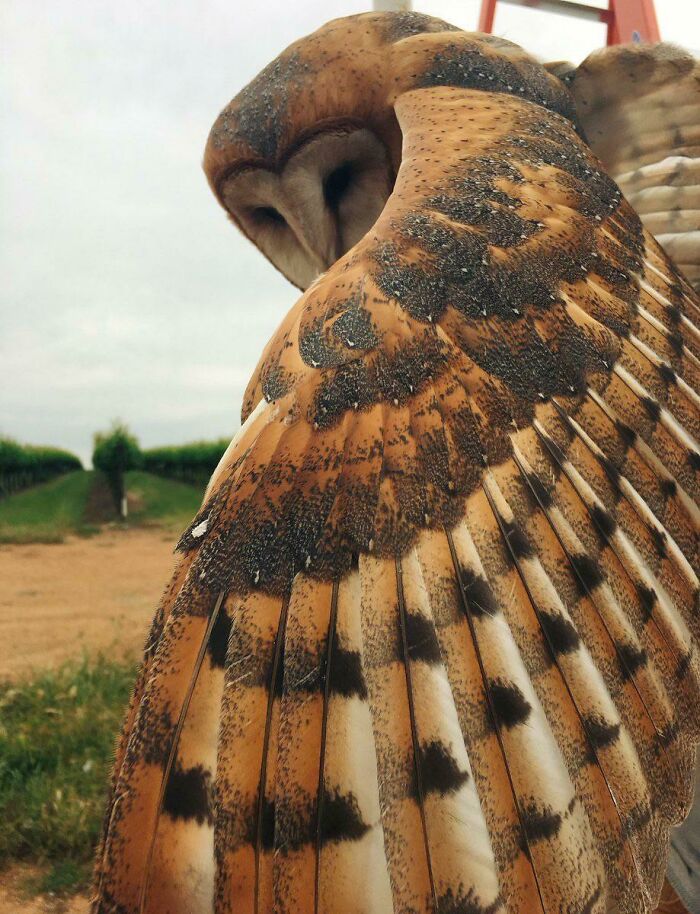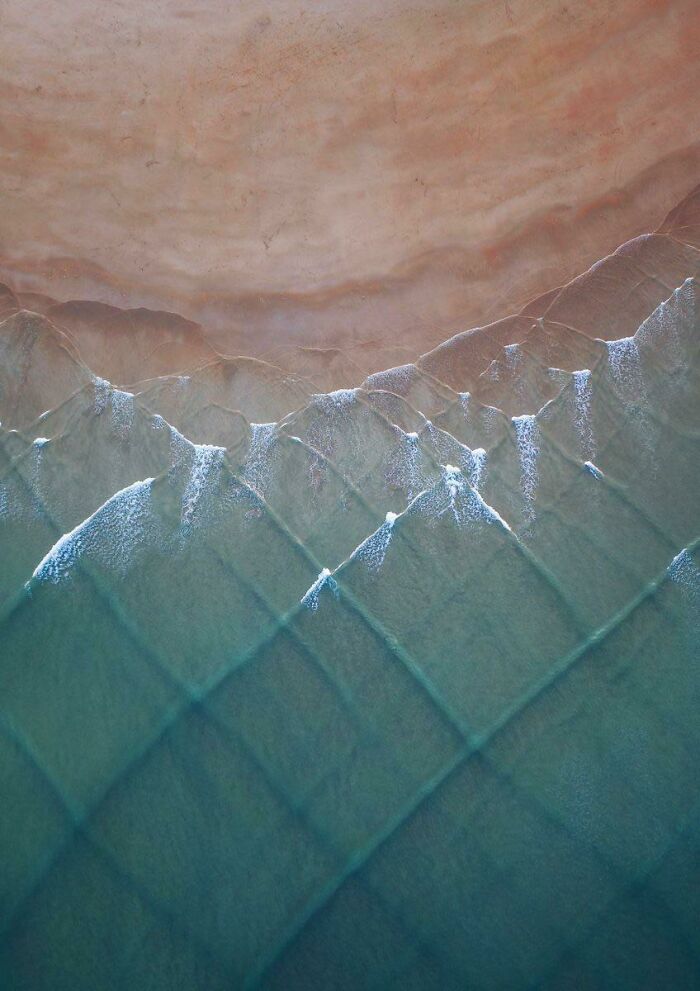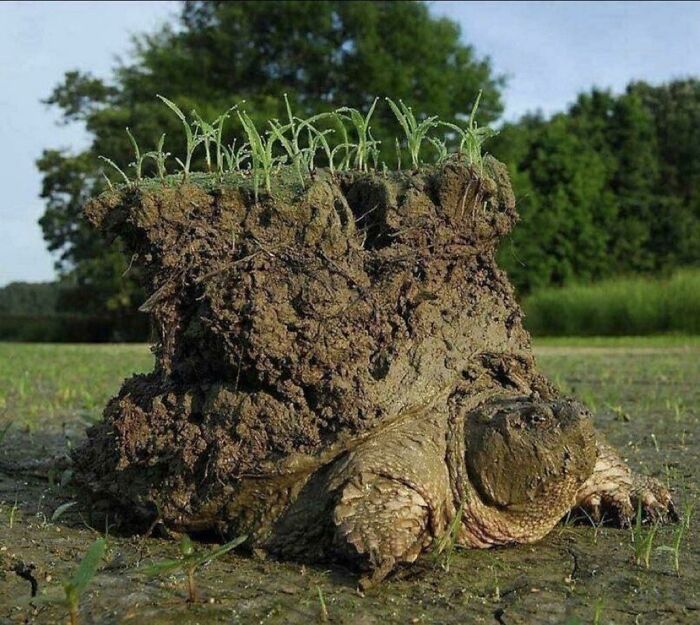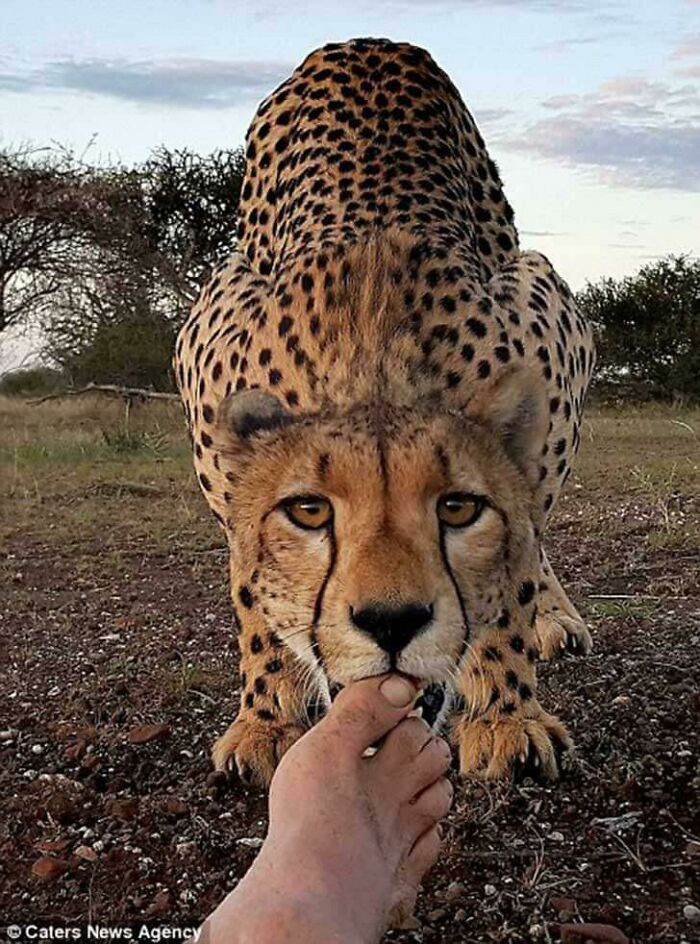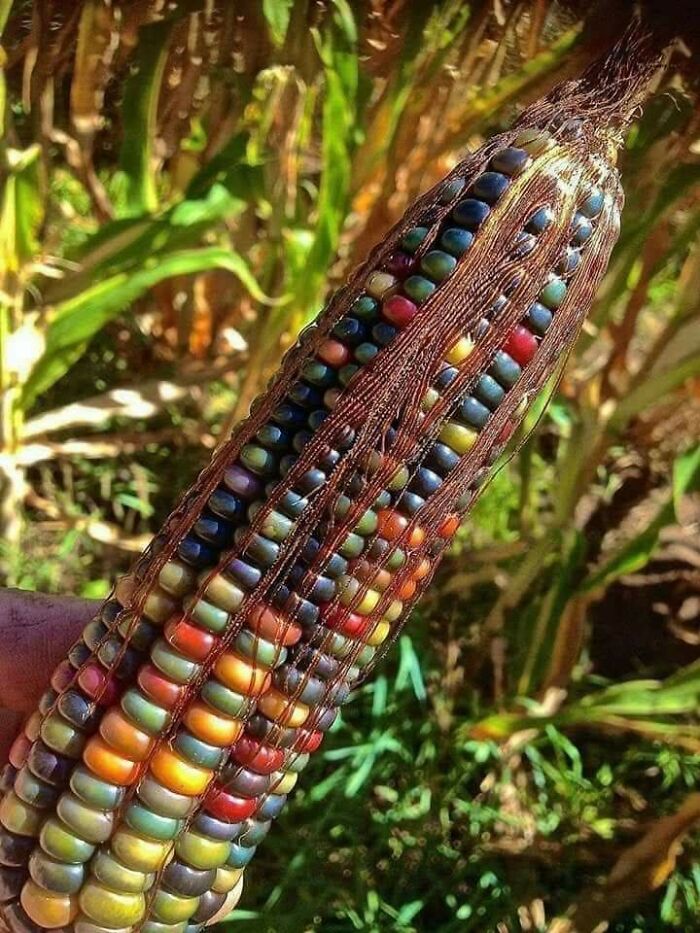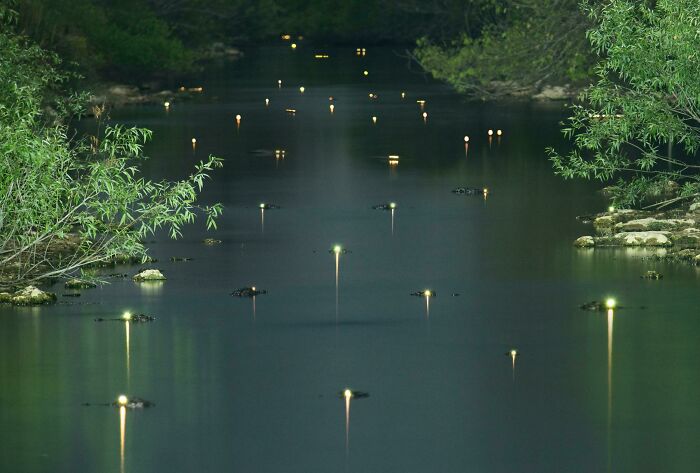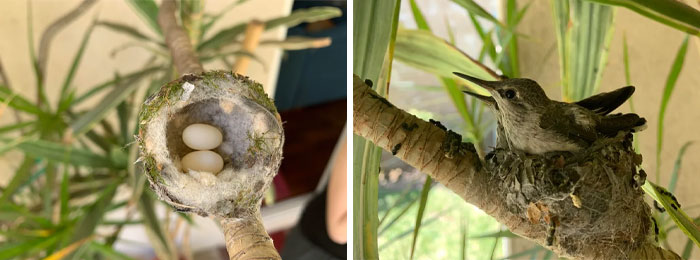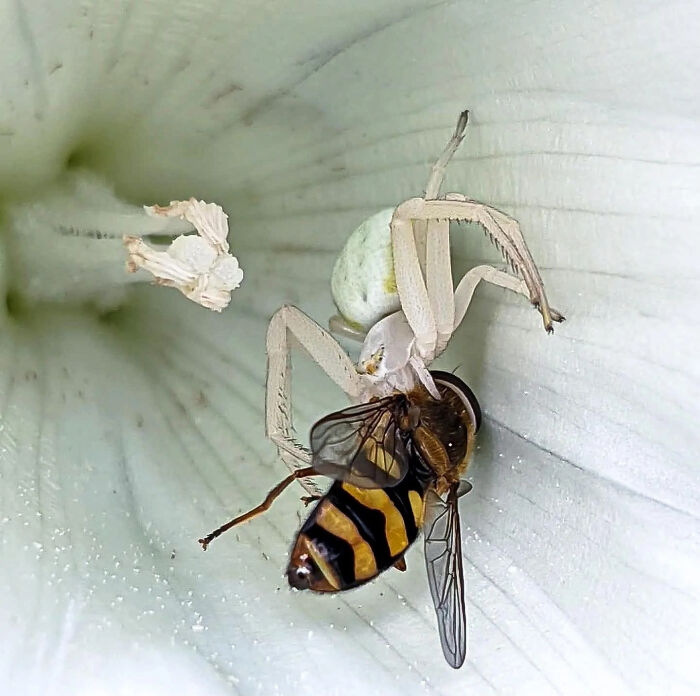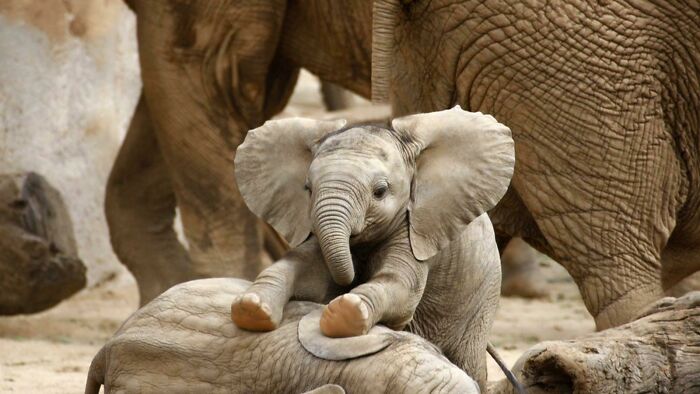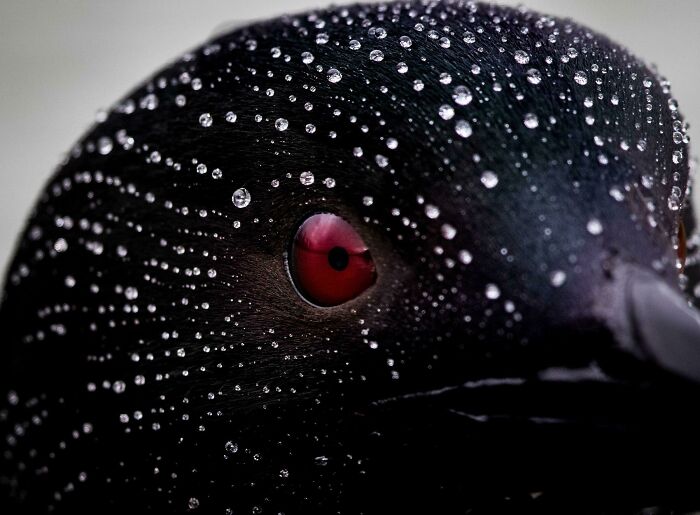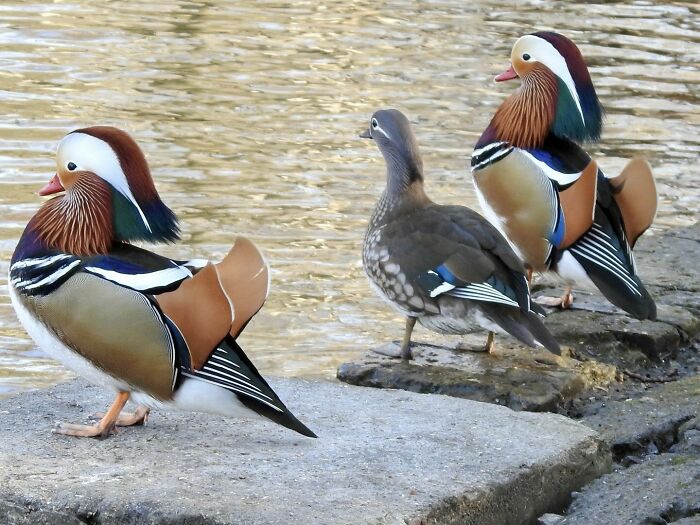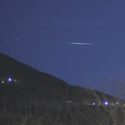Wildlife is majestic, and observing it can be an amazing experience. However, while for some the wild can be mere minutes away from their homes, being surrounded by nature is a luxury for many. Venturing out to seek beautiful vistas and amazing sceneries can be tricky for the majority of people, too. Trips to the wild can be quite expensive in terms of time, money, and effort. You also often have to be able-bodied and quite fit to go on such adventures. That is why so many of us are so grateful to wildlife photographers.
Wildlife photography gives us a glimpse of how beautiful it is out there without us needing to make a lot of effort. It allows people to admire magnificent animals, stunning landscapes, and sometimes even dangerous grounds they probably will not set foot on during their lifetime. It also lets us witness the negative impact humans have on nature. Photos of wildlife enables us to experience the world we otherwise wouldn’t be able to.
The following collection of the impressive wildlife images was created by using images shared by members of this Reddit community. Scroll down to marvel at the snapshots of the wonderful mother Earth.
#1 This Photo Won The 2020 Ocen Photography Awards. It’s By Tobias Baumgaertner Who Photographer Two Widowed Penguins Who Would Come To Watch The Melbourne Skyline To Comfort Each Other
Image credits: DoreenNicole
There’s one thing about nature photography that doesn’t always occur to us, the viewers: not all photos are as natural as one might think. In fact, photo staging and interfering with wildlife is not an uncommon practice. The ethics of wildlife photography are quite murky and while some publications present their own rules (such as the National Geographic and the BBC), they are not universal.
Of course, there are laws that prohibit certain actions, such as feeding animals in national parks or harassing endangered species. However, there isn’t a specific rulebook that photographers have to follow when composing their shots. Baiting animals with food as well as moving them around for a better backdrop can both be used to get that perfect shot. When talking to National Geographic, photographer Jeff Hogan also pointed out that professionals can sometimes barricade an animal in to prevent them from running away.
John Dominis, the late staff photographer for LIFE magazine for more than 20 years, claimed that back in the ’60s, wildlife photographers often staged their images. “I felt that my job was to get the pictures, he stated years later. I learned how to bait animals and do things from the experts in Africa. We shot a gazelle and put it in a tree and waited for a cat to come. I didn’t feel bad about it at all. It sounds terrible now, I know, and maybe my attitude would be different now. But it wasn’t then, and I don’t know what more to say about it. I know I’ve been criticized a lot. But to me, I had to do what I did.”
#2 ? A Cub Puma Admiring His Mother
Image credits: therra123
#3 Brown Bear And Wolf Spotted Hunting Together And Sharing Spoils Over 10 Days In Finland/Photo Credit: Finnish Photographer Lassi Rautiainen
Image credits: ciaomain
In a way, it’s sort of understandable that back in the day, when technology wasn’t as advanced, maneuvering around with clunky cameras without being noticed was hard. It makes sense that things had to be arranged for perfect snapshots. Yet these days things haven’t changed. Luring animals with food is still commonplace. For example, chumming, or baiting sharks with fish, is a popular practice for underwater photographers that want to capture the great predators. However, the long-term impact of that is still unknown.
Some photographers are prepared to go even further and go to so-called photography game farms. Popular in the US, states like Montana and Minnesota, these farms keep captive wild animals in enclosures only releasing them to perform for their clients. There, professionals and enthusiasts alike can snap pictures of exotic animals such as snow leopards and tigers as well as local species like wolves and lynx. They can capture clean animals with impeccable fur leaping through the snow or looking around with their piercing gaze. Neat, fast, and efficient.
It’s important to note that many high-profile publications and competitions prohibit submitting images from game farms. Still, you might find plenty of them shared online.
#4 Sea Sheep Are One Of The Few Animals That Use Algae To Photosynthesize
Image credits: Bunnystrawbery
#5 Pink Robin
Image credits: GomerP19
#6 Sleeping Elephant Family , Rare Visuals
Image credits: landekeshav5
So, what are the basic guidelines for ethical wildlife photography? Well, there are a few things you have to follow if you want to take pictures of nature. The most important one is doing no harm. That goes both for landscapes and animals. For example, not altering or destroying a habitat for a better picture. Sure, moving a few branches off of an animal’s den might give you better view of what’s inside, but it might endanger the animal as it ruins their camouflage.
#7 Swimming Jaguars
Image credits: random-insights
#8 Beekeepers In Northeastern France Found Themselves In A Sticky Situation After Bees From Their Hives Began Producing Honey In Shades Of Blue And Green. Later They Discovered That The Bees Were Visiting A Local M&m Factory
Image credits: Kronyzx
#9 Turtle Dove
Image credits: _McThompson
Another great practice is getting to know the species you are taking pictures of. Things like, mating season time and signs of stress and alarm are especially good to know. That way, you’ll know when to back away and give the animal more space. In any case, it’s crucial to keep your distance and avoid any contact with the animal if possible. Interactions might alter their behavior which can be detrimental to their survival.
#10 The Canadian Snow Lynx, Protected Under The Endangered Species Act
Image credits: scot816
#11 Where There Is Love, There Is Hope
Image credits: jbellas
#12 ? This Rare Zebra Foal Was Born With Spots Instead Of Stripes ?
Image credits: thicklyLevitate926
Feeding animals is also something to be cautious about. Many predators such a bears, wolves, and foxes can get used to getting handouts quite fast. They can get quite comfortable with asking for food to the point that they become aggressive about it. Then, the wildlife agencies have to eliminate them for the danger they pose. Getting used to humans also means they get closer to roads where they can get run over and places where people live where a similar fate awaits.
#13 ? Rare Pygmy Possums Just Got Rediscovered After Fears That Bushfires Wiped Them Out
Image credits: therra123
#14 The Photo Of Totality In Oregon By Photographer Jasman Lion Mander
Image credits: Kaos2018
#15 Cute But Deadly Snow Leopard In Action
Image credits: astralrig96
However, feeding animals can be a grey area. As the photographer Jeff Hogan notes, there are exceptions to every rule. “I knew a filmmaker once who, after working with an animal for many days, would leave it some food to make up for any interference, in case it had been distracted from finding food or something. That seemed respectful to me.”
#16 Isle Of Skye, Scotland
Image credits: Perfect_Gas
#17 The Hawaiian Surge Wrasse Doesn’t Even Look Real, The Neon Coloring Is Totally Natural!
Image credits: megamoose4
#18 This Agate Stone Looks Like The Ocean
Image credits: BroccoliSilly7572
Ethics are involved when it comes to postproduction part of the images as well. Many photographers like to “clean up” their compositions by erasing a stray leaf or a blade of grass from the photos, and this is fine. Altering the colors to make the subject pop is also quite innocent. Others, though, go a little further. “I’ve seen people do things like add more animals to a zebra herd to fill it out, says Hogan. That’s misleading; it gives viewers a false sense of that environment, of how plentiful a species is.” This type of alterations crosses the line of photojournalism.
#19 A Once In A Lifetime Shot Of An Owl
Image credits: ExploreMoreMysteries
#20 Stoat In Switzerland
Image credits: Vugar_
#21 Japanese Macaque Has Fun After Snatching Someone’s Phone
Image credits: aquilasr
Using drones for wildlife photography is quite controversial, too. From the first glance, the whole thing is quite innocent—the drone is quite far away and out of reach, and it’s not damaging or interfering with the environment, just observing it. Animals may even seem peaceful on camera, like they are not at all bothered by a drone. However, they are very loud and make an unusual noise that disturbs the animals. A study has shown that the heartrate of bears goes up to an alarming rate when hearing the drone. Sure, when they were being observed they did not run away in fear, but they did feel threatened.
#22 Trimeresurus Insularis, A Venomous Viper Native To Indonesia
Image credits: sagnik31
#23 Stunning Picture Of The Northern Lights
Image credits: Gavin_beast13
#24 A Picture In 365 Slices. Each Slice Is One Day Of The Year
Image credits: Tharakan922
A few other basic rules involve simply obeying the laws of the country and the rules of the sanctuary you are at. That can involve getting the necessary permits and maintaining appropriate distance from the animals. Also, once you’ve taken the photos and are wanting to publish them, be transparent about them. Brian Skerry, a photographer for National Geographic, says it plain and simple: “If I’m taking a picture of a tiger shark and don’t disclose the use of chum to attract it, in the caption or when questioned, then I’m being dishonest. In the most basic terms, if the intent is to deceive the viewer, then it’s wrong.”
#25 ? A Tropical Rock Lobster (Panulirus Ornatus)
Image credits: therra123
#26 A Baby Bison
Image credits: Beneficial-Sky-7600
#27 A Baby Aardwolf
Image credits: DoreenNicole
All in all, when it comes to wildlife photography, respect and love for nature is key. As Jeff Hogan puts it: “If the only reason you are out in the wild is to get the shot, you will fail miserably, and you are more likely to compromise your ethics. If you truly love being out there, shot or no shot, everything will come to you. There’s no reason to cheat.”
We hope that knowing all this will help you appreciate these photos even more. And if you’re looking for more stunning images, make sure to check out or previous picture collection here.
#28 Shots To Show How The Wind Wove The Grass To Claim This Wire Fence
Image credits: justadair
#29 The Worlds Worst Hide And Seek Playing Animal
Image credits: aquilasr
#30 ? Ice Formations In Antarctica That Look Like Ice Walls, Columns, And An Archway
Image credits: Tharakan922
#31 Symbiosis Between Spider And Oryx
Image credits: 2bias_4ever
#32 ?hawfinch With Snowflake On Its Head – Shot That I Took In Backyard
Image credits: Piotr_Gorny
#33 ?close Up Of A Dragonfly?
Image credits: therra123
#34 The Golden Plover Is A Bird That Hatch With The Power Of Camouflage Fully Activated
Image credits: Scientiaetnatura065
#35 ?hero Without A Cape. Pollinator Bat Completely Covered In Pollen
Image credits: GoldenChinchilla
#36 This Majestic Af White Reindeer
Image credits: tacosontitan
#37 Lilac-Breasted Roller
Image credits: jerrykola8205
#38 ? Feathers On Display By A Barn Owl
Image credits: reddit.com
#39 Stunning Kauai
Image credits: Perfect_Gas
#40 This Is A Rare Phenomenon, Called ‘Cross Waves’
Image credits: crinnoire
#41 ?a Turtle Reawakening From Hibernation Carrying A Mini World On Its Back
Image credits: therra123
#42 Cheetah Licks The Toe Of Photographer To Say Hi
Image credits: DoreenNicole
#43 This Is The Most Beautiful Corn. It Is A Native American Variety Called “Glass Gem Corn” And Yes It Really Does Grow Like That
Image credits: runyoufreak
#44 ? The Shining Eyes Of Gators In The Everglades
Image credits: gsuhrie
#45 I Had The Privilege Of Watching Two Baby Hummingbirds Grow Up In My Backyard, From Jellybean Eggs To Independent Birds
Image credits: crazycatnerd
#46 ?a Spider Disguised In A Flower Attacking A Fly That Is Masquerading As A Wasp
Image credits: GoldenChinchilla
#47 Novosibirsk, Russia -45 Degrees Celsius
Image credits: n91_bee
#48 In Response To Poaching, African Elephants Are Evolving To Be Tuskless
Image credits: SJReaver
#49 The Water Beading Off The Waterproof Feathers On A Loon
Image credits: aquilasr
#50 A Female Mandarin Duck With Her Two Male Bodyguards
Image credits: MyIpodStillWorks
#51 ? Thai Water Buffalo Carrying A Young Monk. Despite Their Large Size And Fearsome Horns, They’re Very Gentle And Docile
#52 ? Deer Running From A Flying Squirrel As Caught On A Trail Camera
#53 ?the Endangered Wrinkled Peach Mushroom?
Go to Source
Author: Indrė Lukošiūtė
